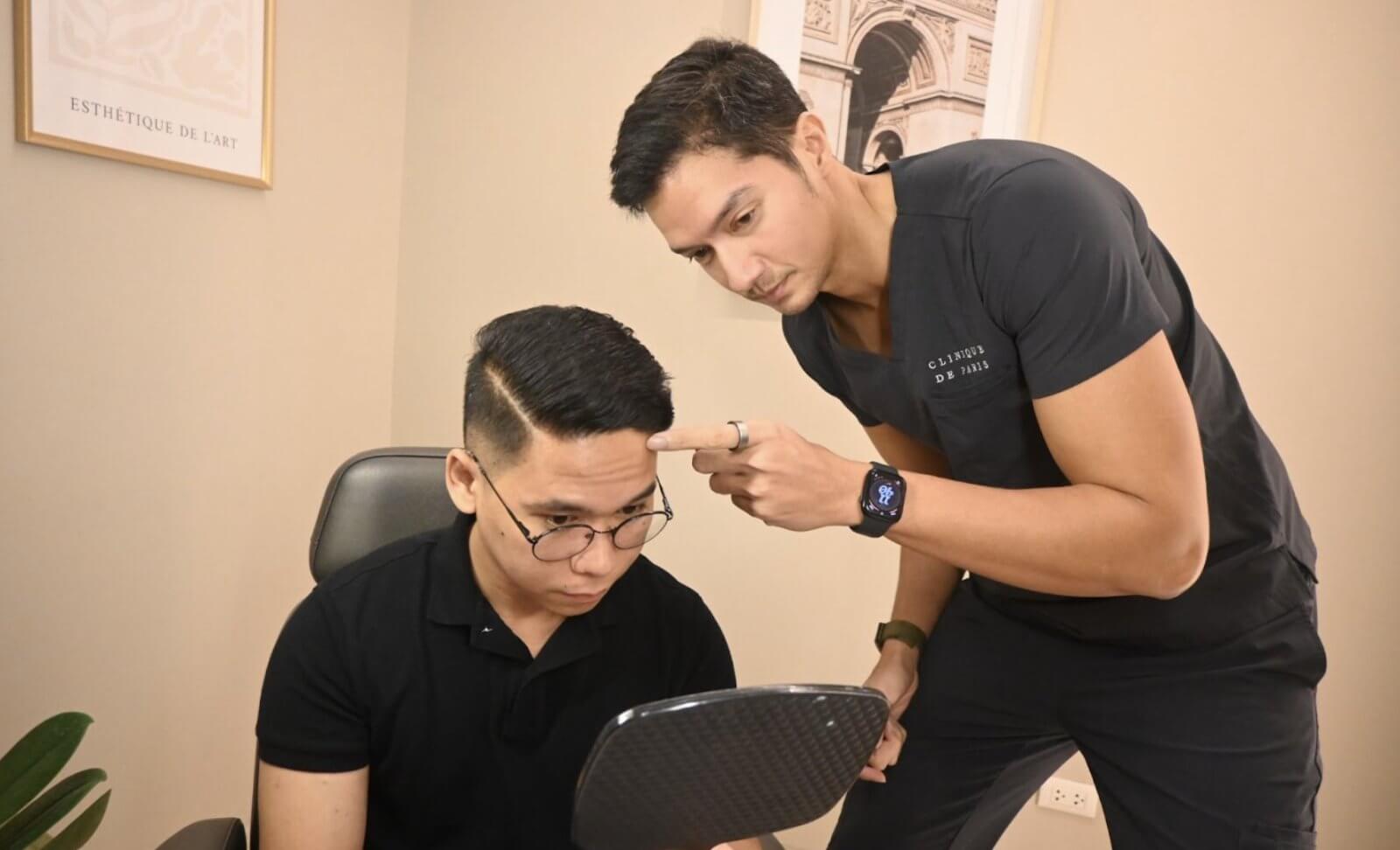by Johanna Patricia A. Cañal, MD, MHA, MSc
It has been described as having someone sitting on your chest. The chest is very heavy. The left arm becomes paralyzed. Some patients just collapsed. Others were able to drive themselves to the hospital. Some reported epigastric pain or “sinisikmura pero iba”.
The problem with a heart attack is that different people will feel different symptoms. That is because the symptoms depend largely on which of the four heart chambers is most affected. It will also depend on how much of the heart is affected—a fourth? Half? So, how do we know? How do we know that your chest pain is already a heart attack?
The most basic test is the ECG, the electrocardiogram. You will know this because it looks like a bunch of wiggles on graphing paper. Six leads (or sensors) are put on your chest and the machine is allowed to pick up the electrical activity of the heart. This study does not hurt but the leads may leave a temporary mark on your skin. This study tells the cardiologist if you have a heart attack or a coronary artery block or some other such condition.
If you find yourself in the emergency room with chest pain, the ER doctor will draw blood for an enzyme test—the troponin test. Your troponin level goes up with a heart attack. The doctors will probably repeat this study to see if the enzyme levels are changing. Management depends on this enzyme level.
If it IS a heart attack, once you are more stable, there will be another test—the coronary angiogram— that will determine what caused this attack and how best to solve this problem. A coronary angiogram involves injecting x-ray contrast into the coronary arteries and taking multiple images. With this test, cardiologists and cardiac surgeons will know if one or more of the arteries are narrowed and by how much. This will help the doctors decide if there will be surgery or not.
Thus, symptoms are important but there are so many other things that need to get done before definitive management gets done. A heart attack is not something a doctor wants to rush into haphazardly. If anything, doctors should be careful and deliberate and decisive to ensure the best results.
Hello!
This short article is part of a series of articles that is designed to make health care more understandable to non-doctors.
As a way of disclosure, I am a radiologist and a radiation oncologist. My strengths, therefore, are diagnosing illness, particularly cancer, and cancer treatment. Thus, I will be talking about medical tests and what these are about.
I shall also be talking about the dreaded disease, cancer. In the 2nd decade of the 21st century, cancer is the #4 cause of death worldwide. NUMBER 4! It used to be #10. It has obviously been going up. The number 1 and 2 killers are cardiovascular diseases…translated into heart attacks and strokes. Number 3 is pneumonias and lung diseases.
The previous century was known as the century of infectious diseases. The most common causes of disease and death were bacterial and viral pneumonia and tuberculosis. The present century is the century of the lifestyle disease. That is, infections don’t play as big a part as lifestyle diseases. What are those? Heart disease, strokes, cancers and injuries/accidents.
But then again, the 21st century has just started, and we already have a pandemic. One never knows what will happen in the next 10, 20 or 30 years. Thus, this series will discuss a range of topics, hopefully the topics most relevant to you.
If there is a topic that you want clarified, please do drop me an e-mail at [email protected]. Please just fill in the subject line with: [SULIT] Your question

Johanna Patricia A. Cañal, MD, MHA, MSc
























